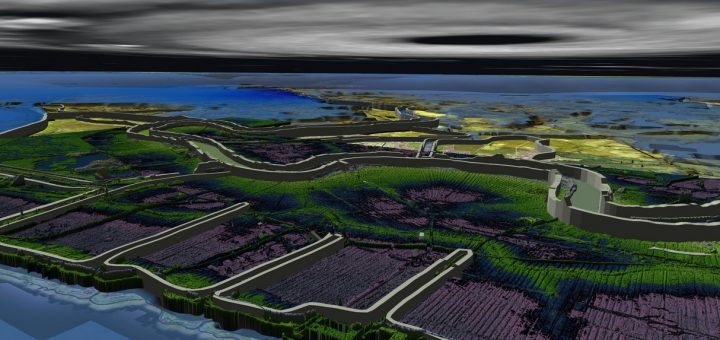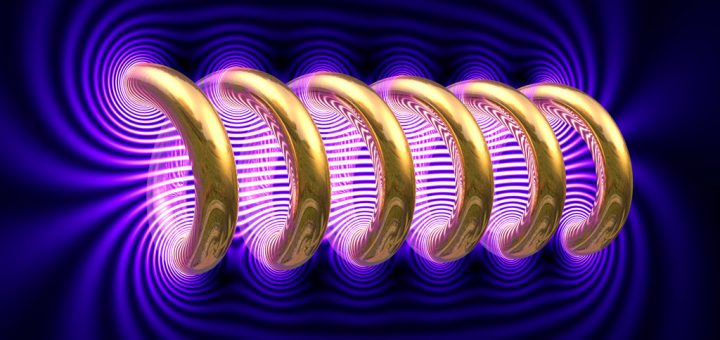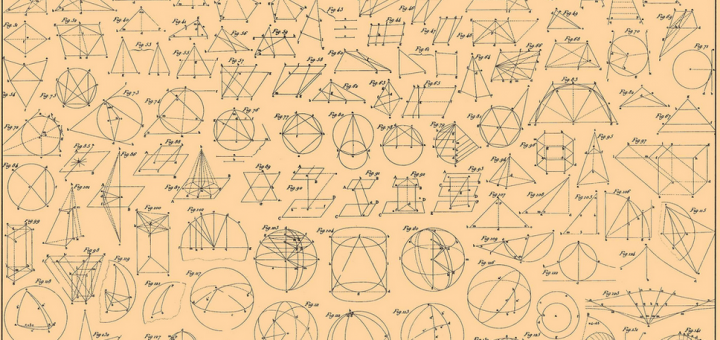Visualizing Scientific Insights
The area of Scientific Visualization (SciViz) is an interdisciplinary branch of science. According to Friendly, it is “primarily concerned with the visualization of three-dimensional phenomena (architectural, meteorological, medical, biological, etc.), where the emphasis is on realistic renderings of volumes, surfaces, illumination sources, and so forth, perhaps with a dynamic (time) component”. It is also considered a subset of computer graphics, a branch of computer science. The purpose of scientific visualization is to graphically illustrate scientific data to enable scientists to understand, illustrate, and glean insight from their data.
In this post, I interview Dr. Werner Benger who describes his views on SciViz using Geometric Algebra and provides valuable insights about the use of SciViz in Big Data applications.






